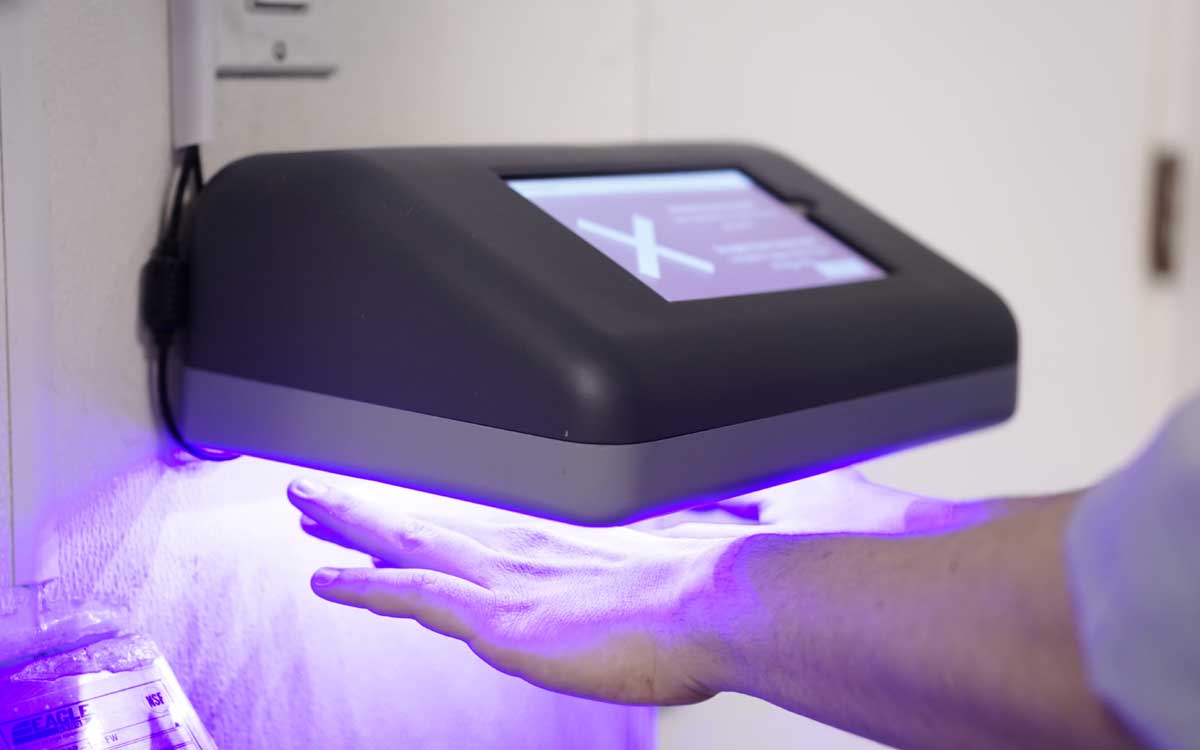Consumers are all-in on dining out. Nearly half of people in the U.S. and Canada are dining out at least once per week or more now, and 78 percent are going out at least once per month. In spite of a pending recession, in spite of a lingering pandemic, in spite of everything, consumers are more than ready for the joys of eating out again.
But their standards are also higher than ever. Consumers aren’t just looking for the latest hot chef, nostalgia dish, or butter board to share on Insta or TikTok. Now they want a dining spot that is a tasty place to eat and that has streamlined modern experiences that are immaculate and won’t make them sick.
Yes, COVID changed everything, and the perception of what represents cleanliness shifted too. Restaurants used to focus on refreshing the furniture, painting the walls and ceiling, and sprucing the décor to signal they kept things fresh. Today’s restaurant goers expect that but also want to see things being cleaned. It’s not enough to put up signs telling people what you’re doing to protect them; consumers want proof things are sanitized and safe.
And it needs to be credible. There needs to be more than a quick wipe at the table. The education level of the average consumer, and the average employee for that matter, is more attuned than ever to how too-close personal interactions can spread illness, how basic hygiene matters, and how contaminants get into different things. Pre-pandemic, consumers didn’t know or care that you were supposed to wash your hands for 20 seconds. Now, if they see someone do a quick hand rinse and shake it off, it’s alarming.
Cleanliness really is the new ambiance, and technology can play a fundamental role in setting the tone.
Customers want to feel like they’re coming into a clean, safe and technology-driven environment. Smart restaurants are investing in digital tools to reassure consumers that they are taking hygiene seriously. The tools range from hands-free and touchless innovations and high-tech air purifiers to automation or cleaning and sanitation devices that physically show when surfaces and hands are germ-free.
The food safety team in restaurants has always been aware of these issues, but they used to be the only ones thinking about it. Now your average consumer is noticing these things too. “Hey, you took my credit card and then touched my coffee lid” is suddenly a reason to call a manager. Employees are noticing things too (“Is this point-of-sale setup really clean and safe?”), and that combination means cleanliness and tech-driven cleanliness are here to stay.
People can be messy; technology feels futuristic, safe and clean.
Letting customers see cleaning activities (like digital devices that make it easy to ensure hands and surfaces are clean) shows the restaurant cares about its customers’ experience and safety—and it cares about employees too. The education level of the average employee is so heightened about the dangers of personal interaction and the spread of illness and contaminants that they’re starting to demand it too.
There’s a tangible business benefit to all this hygiene awareness, too: People spend more money with a restaurant when they believe it values cleanliness.
Finally, technology can also be a competitive advantage in the current labor market and the back of the house. It’s easier to hire someone to work as the manager of the Robotic Burger Flipper rather than as the resident real burger flipper or kitchen manager. Contactless payments and contactless technologies are good for better hygiene for employees and customers; they suit how younger workers and customers like to interact and work.
It’s not lost on employers that running a fleet of robots is much more interesting (and has a better resume line) than a typical fast-food job. California-based CaliBurger has invested in a burger-flipping bot, appropriately named “Flippy,” and Chipotle has their own robot chef named “Chippy” (guess what it makes). A few restaurants are even trying automated food runners and bussers.
The average employee today is comfortable with tech and will gravitate toward jobs that allow them to work within their comfort zones. Gen Z has a broader expectation of what a restaurant job will offer, and the modern restaurants that want to attract them know that.
This makes streamlined restaurant technology that promotes cleanliness and efficiency a win-win: The customers demand it, and employees want it too.
Christine Schindler is the co-founder and CEO of PathSpot.







